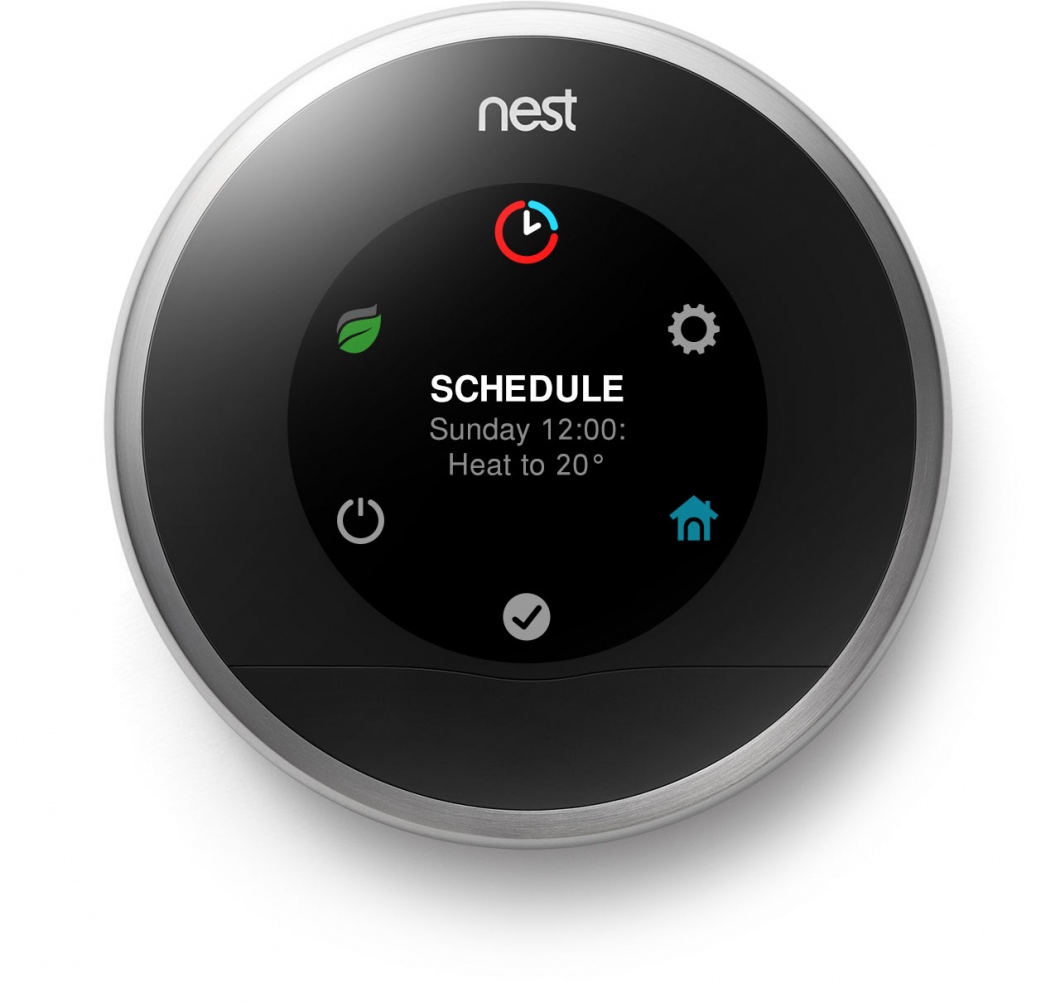A component or mechanism that senses the temperature of the respective system in order to manage the variations in temperature to the specific and defined unit.
Here the mechanism of Thermostat Reviews rules the heating or cooling the devices working with the factor of on or off instructions, and further performing tasks to manage the flow of heat or balancing the temperature variations as required.
A thermostat simply switches the room heating system on and off as necessary. It works by slowly sensing the air temperature, switching on the heating system when the air temperature falls below the setting of thermostat, and switching it off after set temperature has been reached. Usually turning a room thermostat to a much higher setting will not make the room heat up any faster. It must be kept in mind that how quickly the room will heat up depends on the design of the heating system.
The setting will never affect how quickly the room cools down. Turning a specific room thermostat to a comparatively lower setting will result in the room being controlled at a lower temperature, which in results save energy. The heating system will not work if a time switch or programmer has switched it off.
The best example of thermostat is air conditioner used everywhere, whether it’s a office, academic buildings, or other public and commercial infrastructures.
Room thermostats need a relatively free flow of air to sense the temperature, so they should never be covered by curtains or blocked by furniture. Nearby electric fires, machines, televisions, lamps may prevent the working of thermostat.
Thermostats have got some great advantages like:
● It keeps an eye on your home when you are out
● It can adjust the temperature almost from anywhere
● You can also get emailed alerts in some of them
● It saves a lot of energy
● Thermostats are easily programmable
● There is a function which helps you in analyzing your help usage.
Even Kitchen appliances, like refrigerators or microwave uses thermostat for balancing the temperature as per the requirements.
As stated with the word, Thermostat works with the mechanism of thermal expansion- which says that temperature variations changes the shape, density (volume) and form of the entity with the transfer of heat.
Below are the most common sensor technologies:
● Electrical sensors (termed as bimetallic strip )
● Wax sensors
● Semiconductor devices
● Electrical thermocouples
Electrical Sensors:
Electrical sensors also called as Bimetal refers to an instrument that is a combination of two separate metals which are joined together. They do not focus on the mechanism of mixing two metals as alloy do, but they includes the formation of the layers of different metals.
As explained by Bi- it refers to combination of two.
Basically they dealt in controlling the Domestic water and steam based central heating systems by regulating the flow individually.
You would have noticed the use of turbine vents at the rooftop which helps in reducing heat loss in cold temperature.
The same is applicable for the automobile when engine heats and there is a requirement of adjusting the level of heat with the flow of water.
Wax Sensors:
Wax elements are usually the core of thermostats and also thermostat inserts and result in reliable, quick, maintenance-free, durable components for a wide range of applications.
Semiconductor devices:
Everyone is well familiar with semiconductor devices. They vary in intrinsic and extrinsic material. They help comparatively in reducing the heating. The reason why they are preferred more is as they can be controlled by electric or magnetic field, or by heat exposure, or with the use of mechanical deformation.
Electrical thermocouples:
They are defined as an electrical device which consists of two conductors differently which further form electrical junctions with the variations of temperature. They are the best example of widely used sensor for temperature and they work on the mechanism where temperature-dependent voltage is determined, and this voltage is further used to measure temperature.

